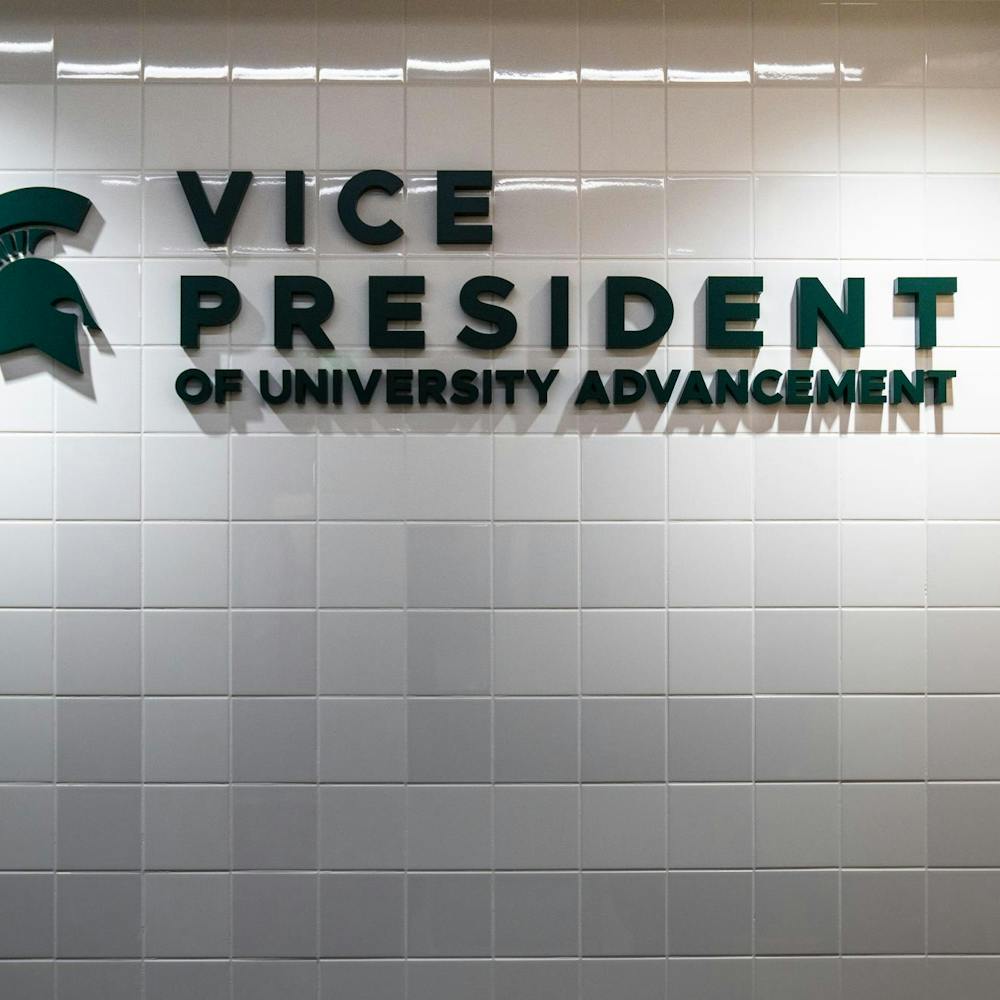Of the many metrics by which one can estimate the health of a society, one of the more interesting approaches is to compare the amount of public money spent on corrections versus how much is spent on higher education.
By this measure, a state such as Minnesota seems to have its prisons under control and to place a high value on learning, as it spends 17 cents on corrections for each dollar spent on higher education. By contrast, Michigan ranked second in the nation in its ratio of corrections to higher education spending in 2007, spending $1.19 on corrections for every dollar spent on higher education, according to a report recently released by the Pew Center on the States.
This issue is increasingly urgent as the prison population continues to grow and the need for better educated citizens threatens to create a critical shortage of skilled workers. In 2007 alone, the U.S. prison population grew by more than 25,000 inmates, bringing the national prison total to more than 1.5 million, and the national total of persons in prison or jail to more than 2.3 million — more than the number imprisoned in China. With one in every 100 adults in America behind bars, some have taken to calling us the “incarceration nation.”
The effect of this is rising corrections costs that come at the expense of states’ other funding obligations. Gov. Jennifer Granholm emphasized the dangers of such spending priorities last December when she said, “It’s not good public policy to take all of these taxpayer dollars at a very tough time and invest it in the prison system when we ought to be investing in the things that are going to transform the economy, like education and diversifying the economy.”
Furthermore, there isn’t proof that spending more on corrections significantly reduces crime. The old logic said if we put behind bars those who have committed crimes, they won’t be able to commit more and it will deter others. However, modern research shows crime rates are influenced by a more complex set of factors, largely socioeconomic and demographic ones, such as education and poverty.
For these reasons, states such as Michigan must adopt a more intelligent, enlightened and practical approach to corrections or they will continue to face the same budget dilemmas year after year. The complicated web of public and private interests in the corrections system, often called the “prison-industrial complex,” has become a bloated and prohibitively expensive element of state budgets across the country, and especially in Michigan, where its $2 billion accounts for 20 percent of the general fund expenditures.
Modern methods of and approaches to corrections have been proven to be successful at reducing recidivism and costs while also being careful and sensitive about which prisoners should remain imprisoned for public safety. Michigan and other states should act quickly to adopt these practices in order to redirect wasteful and counterproductive corrections funding to education, health care and transportation, which will allow more people to be productive members of society.
A common first step that has been successful in other states is to move nonviolent drug offenders out of the prison system and into secure drug treatment facilities or programs, better preparing them for re-entry into the community and reducing their likelihood of returning to prison. Rather than returning parolees who have minor or technical violations of their parole to prison, creative solutions, including the use of electronic monitoring devices and community service, should be employed.
Frequently imprisoning low-risk offenders also affects other people in less obvious ways. If paroled and offered rehabilitation, social support services and educational opportunities, these individuals pay more than seven times what they would if still imprisoned, according to a study.
The proportionality of prison terms to the severity of their corresponding crimes should be reviewed and changes made to avoid keeping costly prisoners for longer than necessary. If these and other changes are made to the existing corrections systems, more money and effort could be put into more positive elements of society that benefit everyone, from better health care and transportation to greater access to higher education and employment. These changes address the underlying causes of crime and will more effectively reduce crime in the long run.
Ryan Dinkgrave is a State News columnist. Reach him at dinkgra2@msu.edu.
Support student media!
Please consider donating to The State News and help fund the future of journalism.
Discussion
Share and discuss “Mich. facilities need revamping” on social media.






